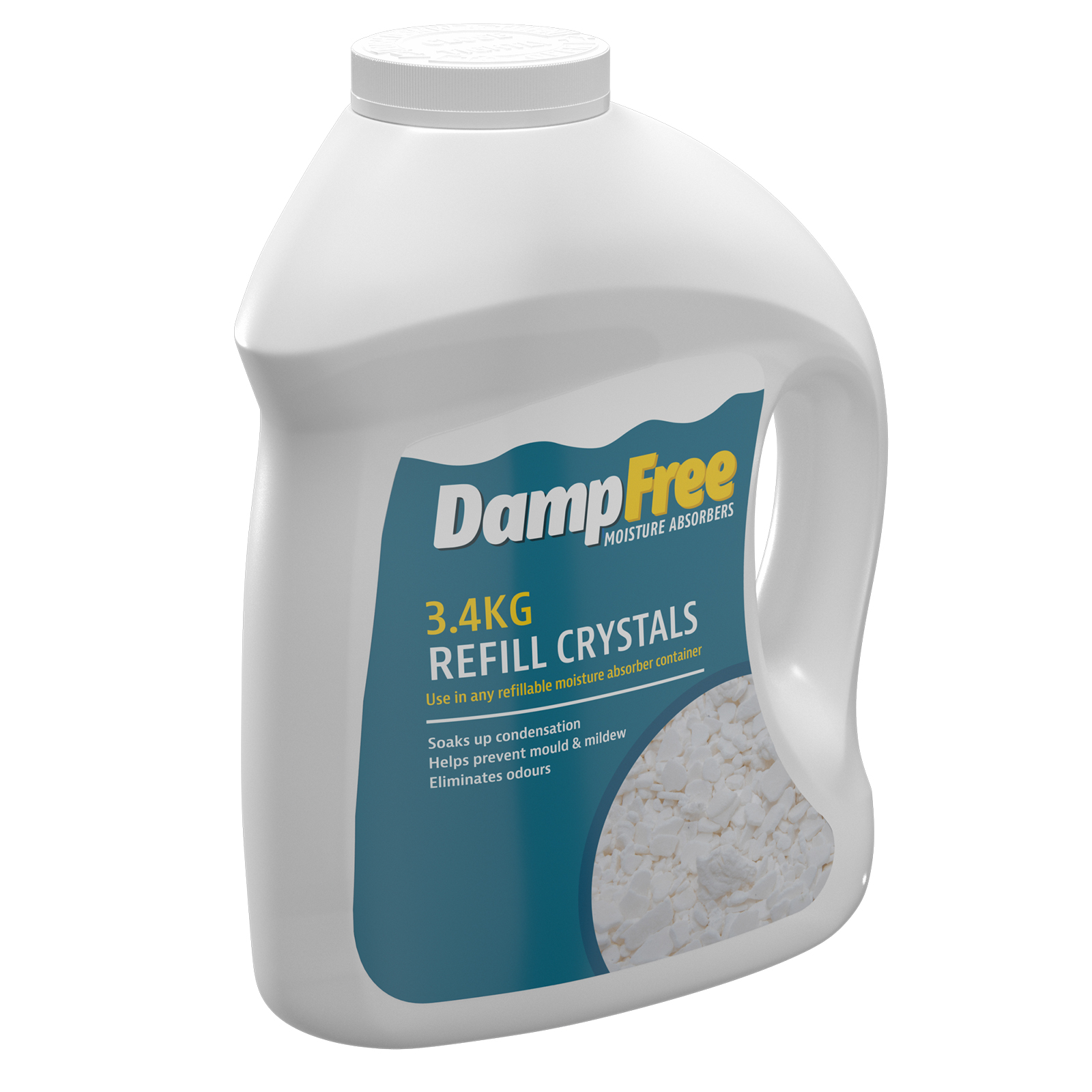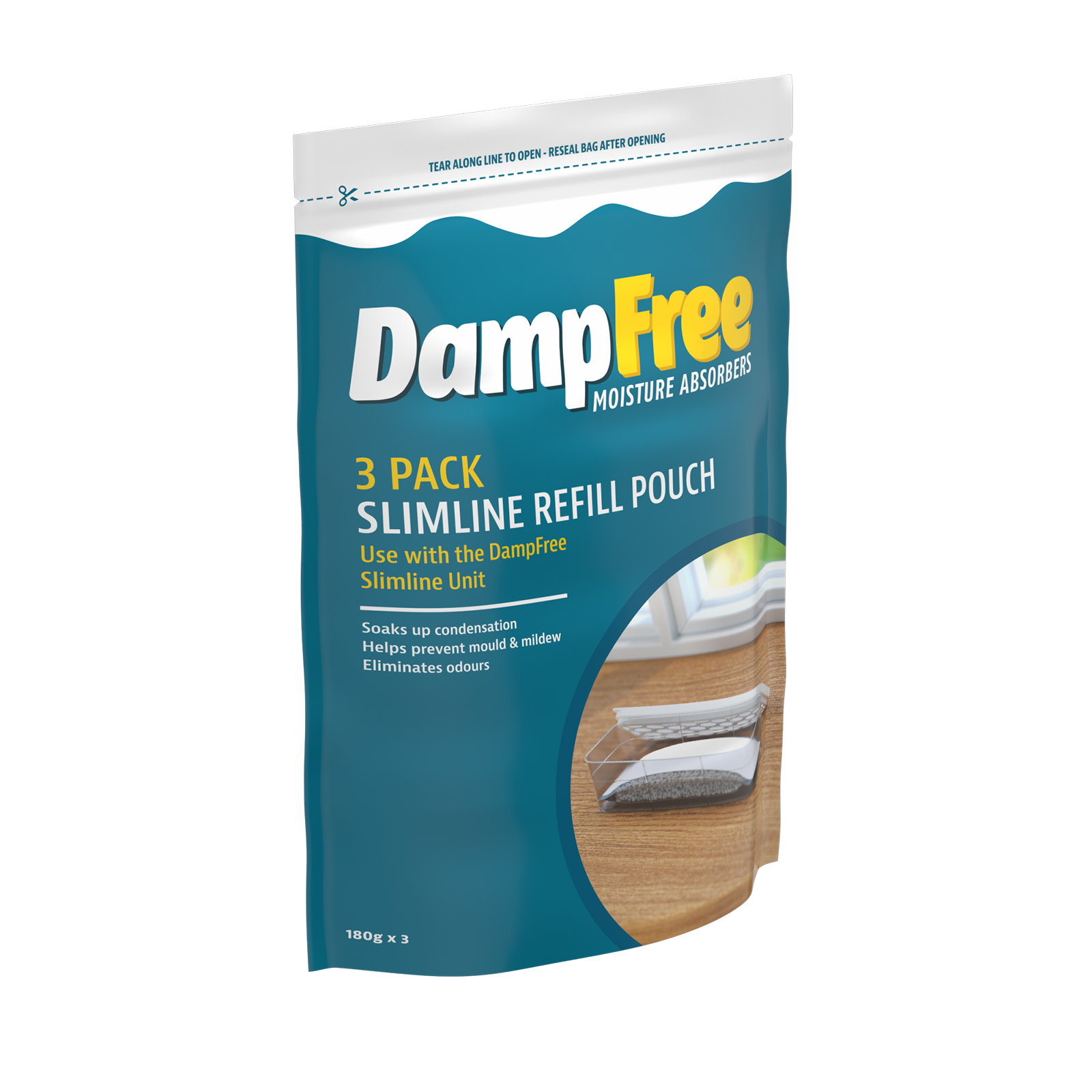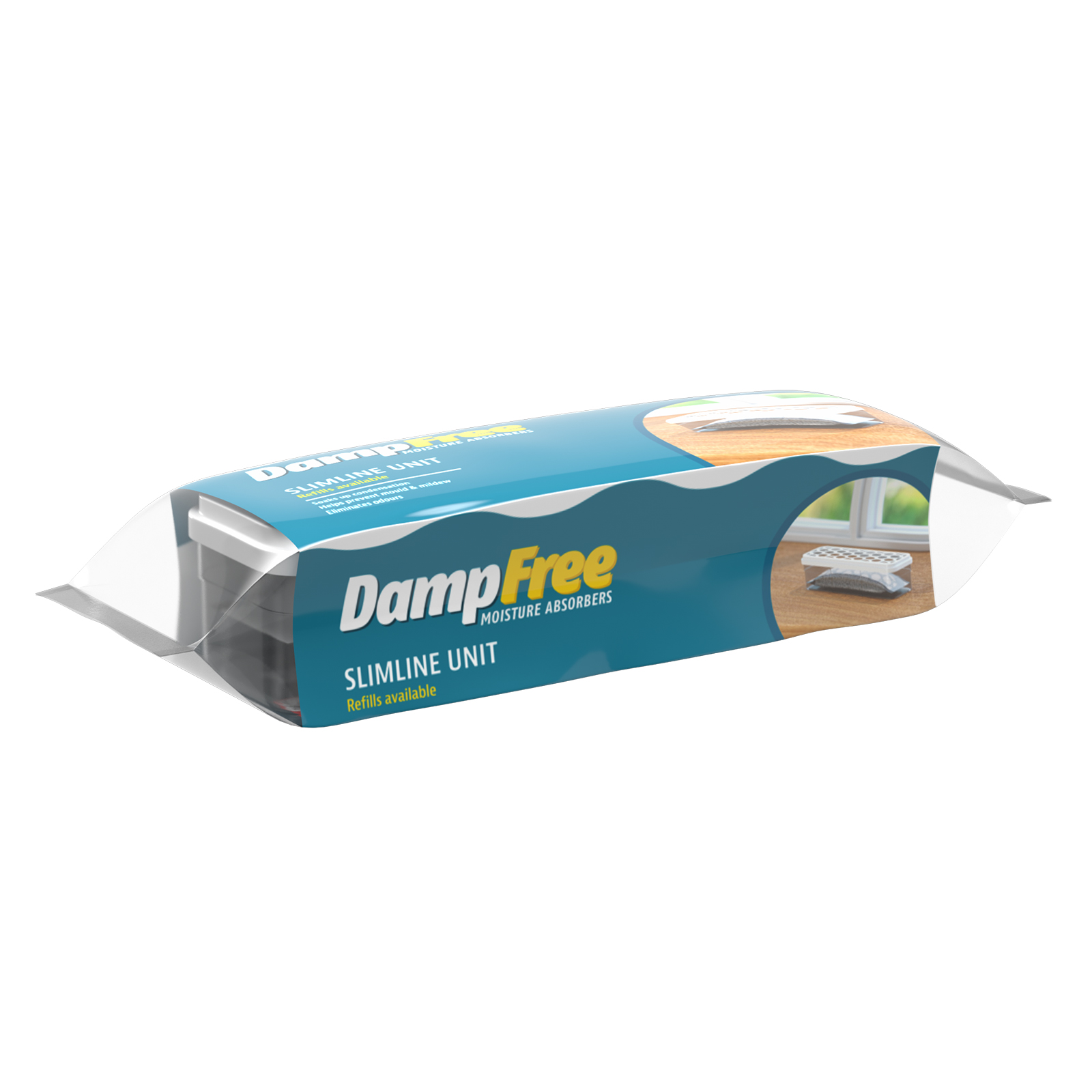Humidity & Moisture: Maintaining the Right Balance in Your Home
Humidity refers to the amount of water vapour present in the air. It plays an important role in how comfortable an environment feels. However, when humidity levels indoors become too high, it can cause a range of problems — from creating damp, uncomfortable spaces to encouraging the growth of mould, mildew, and bacteria. High humidity is a common cause of condensation, musty odours, and damage to surfaces, fabrics, and stored items, particularly in poorly ventilated areas.
What Causes High Humidity Indoors?
Signs of High Humidity
Why Managing Humidity Matters
Excess humidity not only affects comfort but can also cause long-term damage to homes, vehicles, and possessions. It creates an ideal environment for mould, mildew, and dust mites to thrive, which can affect air quality and contribute to health issues such as allergies and respiratory problems. Keeping humidity levels within an ideal range (generally between 40% and 60%) helps to protect surfaces, fabrics, and stored items, while making living spaces more comfortable and healthier.
How to Control Indoor Humidity
Managing humidity is a simple but essential part of maintaining a fresher, drier, and healthier environment — protecting your home, vehicle, and belongings from the hidden effects of excess moisture.
Improve Ventilation
Encourage airflow by opening windows, using extractor fans in kitchens, bathrooms, and laundries, and ensuring vents in vehicles and caravans are clear.
01
Limit Moisture Sources
Cover pots while cooking, vent clothes dryers outside, and dry laundry outdoors when possible. Wipe down wet surfaces promptly to prevent moisture build-up.
02
Use Moisture Absorbers
DampFree Moisture Absorbers, which use calcium chloride crystals, provide an effective, natural way to manage humidity. They draw excess moisture from the air, helping to prevent condensation, protect belongings, and reduce musty odours in homes, vehicles, and storage spaces.
03
Monitor Indoor Humidity
Humidity meters (hygrometers) can help you track moisture levels indoors, allowing you to act early before problems develop.
04
Managing humidity is a simple but essential part of maintaining a fresher, drier, and healthier environment — protecting your home, vehicle, and belongings from the hidden effects of excess moisture.











